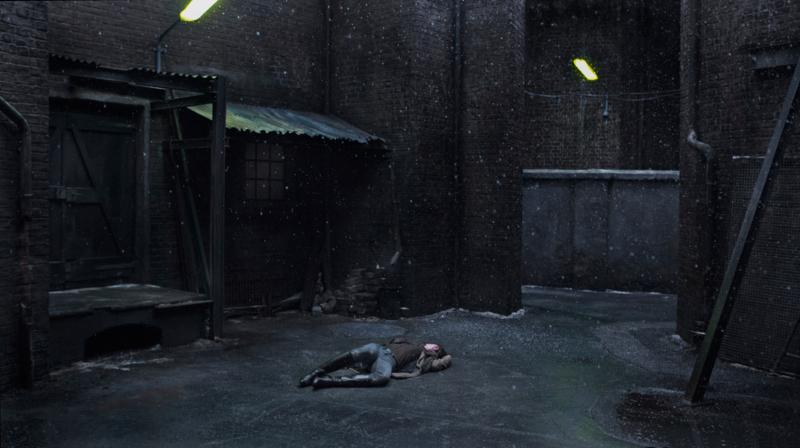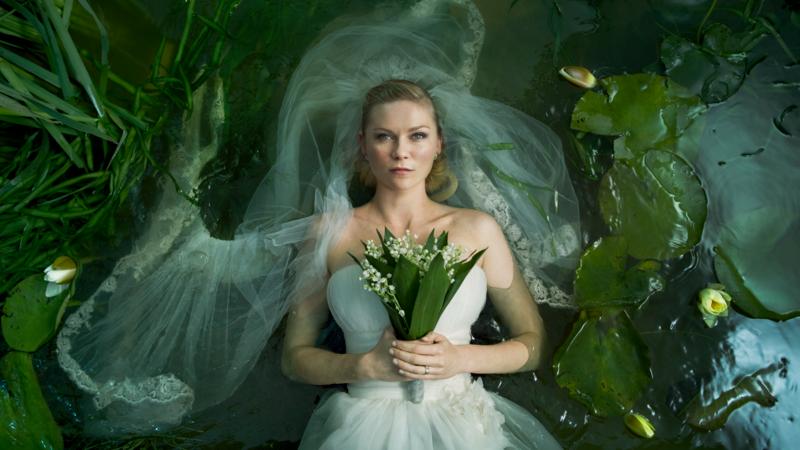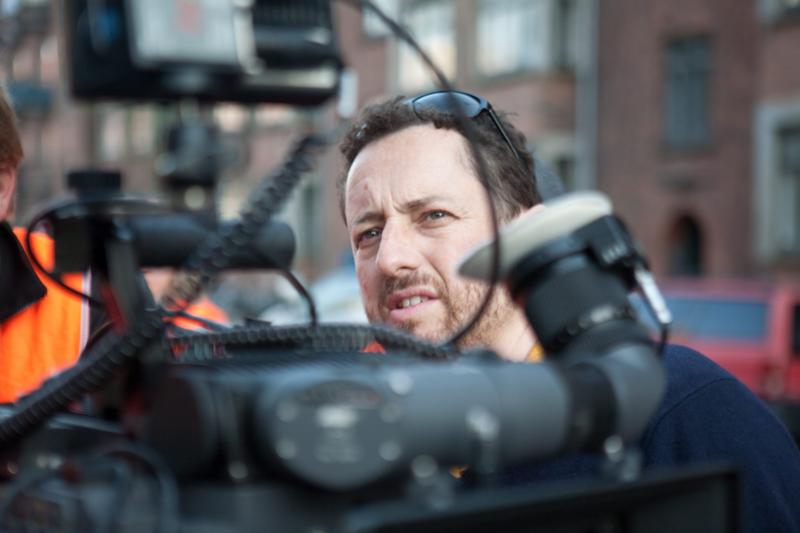"'Nymphomaniac' will undoubtedly further brand Manuel on the international stage. Manuel has a brilliant, multi-faceted visual talent which has created flashes of lightning in the cinema sky."
These were some of the words of Associate Professor Peter Schepelern in his presentation speech for cinematographer Manuel Alberto Claro, this year's winner of the Dreyer Award.
Named after Danish cinema's most prominent classic figure, Carl Theodor Dreyer, the award is handed out by the Carl Theodor Dreyer Memorial Fund during the week of Dreyer's birthday (3 February) in recognition of an outstanding artistic accomplishment, particularly by a young filmmaker.
In the following we present a cavalcade of Claro's films, from Christoffer Boe's elegant and experimental breakthrough film "Reconstruction" to Lars von Trier's four-hour, erotic tour de force "Nymphomaniac."
Reconstruction (2003)
Breakthrough with Christoffer Boe
Manuel Alberto Claro was born in Santiago, Chile, in 1970, to Chilean parents. His family moved to Denmark in 1974, after the Pinochet coup. Claro, who trained at the National Film School of Denmark, broke through with Christoffer Boe's "Reconstruction" (2003). As the characters run through a maze-like Copenhagen in search of love and identity, the city pulsates with a familiar yet unreliable reality. Hypnotic visuals in a hypnotic film. Working with Boe since film school – with a few exceptions – Claro also provided the right look when arthouse director Boe successfully went mainstream last year with "Sex, Drugs & Taxation."
Scratch (2003)
From Youth Drama to Hand-held Camera
Other films testifying to the range of Claro's art include "Scratch" (Anders Gustafsson, 2003), an effective youth drama from a Danish concrete ghetto; "What's Wrong with this Picture?" (Lotte Svendsen, 2004), an caustic multi-plot vision of Denmark told in a more classic style; and "The Candidate" (Kasper Barfoed, 2008), in which Claro's jittery, handheld Dogme-like camera added some realism to a plot where nothing is what it appears to be. He also found time to follow a couple of jaunty Knights Templar on a treasure hunt in the second and third instalment of "Lost Treasure" (Giacomo Campeotto, 2007 and 2008).
Silk Road (2004)
Visions of Life and Death
A particularly memorable film is "Silk Road" (2004), in which Claro took on the demanding task of making images in partnership with a visual artist, director Jytte Rex. The film delivers standout dream visions of life and death and art, overlapping in a web of transparent layers: fire, water, fog, architecture, old paintings. All, as the film's opening Buddha quote says, about how "a lifetime is like a flash of lightning in the sky."
Dark Horse (2005)
Refinement in Black and White
Dagur Kári's quirky "Dark Horse" (2005) deals with people on the fringe in a present-day Copenhagen of singular poetic charm. The city has not looked quite so for a long time, largely owing to Claro's refined black-and-white photography.
Melancholia (2011)
Visual Tour de Force
Claro has no doubt received more attention since he became Lars von Trier's cinematographer. Making films that are like a pebble in your shoe, to quote von Trier, is undeniably an intricate and demanding task. But Claro handled two instalments of the so-called depression trilogy without ever losing his sense of humour.
"Melancholia" (2011), in which a bad mood leads to the end of the world, or maybe it's the other way around, was a visual tour de force of magic tableaux and nerve-jangling realism, a mix of chamber play and cosmic drama.
Nymphomaniac (2013)
An epic effort
The partnership has continued with "Nymphomaniac" – in all respects an epic effort, by the nymphomaniac and the film crew alike. The film, not least visually, is characterised by changing styles and unexpected aesthetic methods. It has black-and-white episodes and split screens of an erotic-polyphonic nature. Bonus: Claro has a small part onscreen in "Nymphomaniac," an appearance most critics failed to spot (as a shopkeeper in the beginning of the film).
This text is an abbreviated and edited version of Associate Professor Peter Schepelern's speech at the award ceremony on 6 February.









